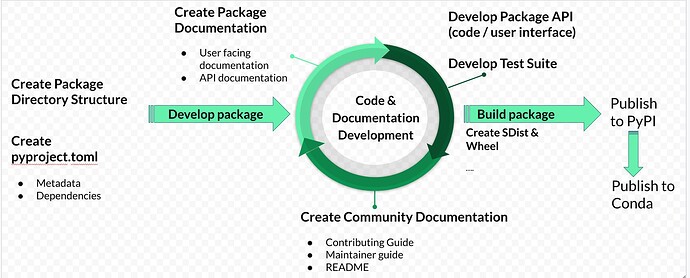Thanks @CAM-Gerlach ! Truth be told, I don’t exactly know how much prominence Flit should have now. There are shinier tools like Poetry/Hatch that can do everything Flit can do and more.
I think someone might like Flit if:
- They explicitly don’t want their packaging tool to set up an environment for them, e.g. because they’re doing that at a different layer.
- Of course, using tools with environment management doesn’t force you to use those features. But if you’re not buying in to those tools all the way, it’s a bit of extra mental effort to figure out which bits you want and which you don’t.
- They’re comfortable with traditional
setup.pystyle packaging, and want to keep the same conceptual model while moving away from setuptools.- You can also use
pyproject.tomlmetadata with setuptools, but setuptools has extra complexity because of all the other stuff it supports.
- You can also use
- They want a packaging tool that they can understand very well, and thus one that’s as simple and predictable as practical.
- The predictability is somewhat undermined by
flit buildusing information from your VCS, but we’re planning to move away from that.
- The predictability is somewhat undermined by
I don’t have a good sense whether this describes 10% of likely readers or 0.1%, though. ![]()
(Within the packaging world, I also think there’s a role for Flit as a kind of reference implementation - by being roughly the simplest thing that could be used for a reasonable fraction of cases, it can be useful for e.g. trying to implement proposed new standards. But this doesn’t matter to typical users.)

